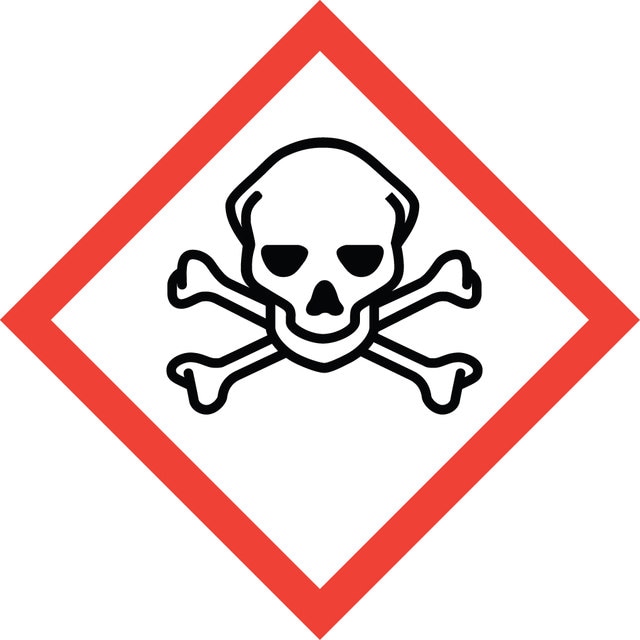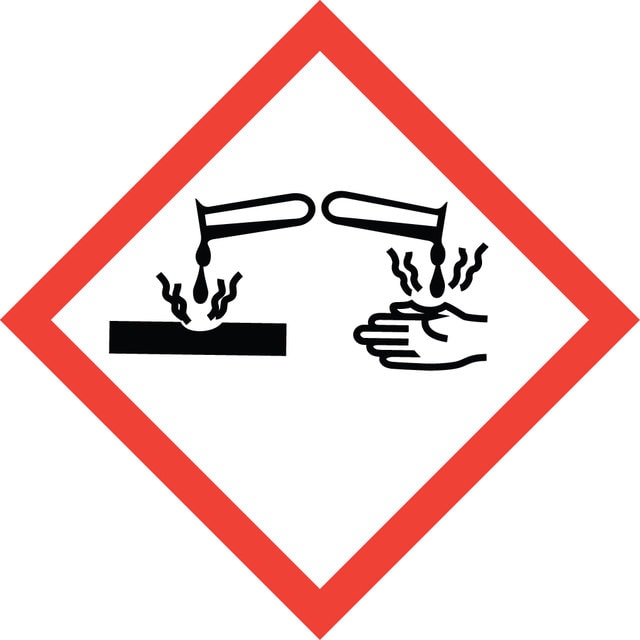Select a Size
$111.35
$197.00
$664.00
$111.35
List Price$131.00Save 15%About This Item
Skip To
Product Name
N-Lauroylsarcosine sodium salt, BioXtra, ≥97% (TLC)
InChI key
KSAVQLQVUXSOCR-UHFFFAOYSA-M
InChI
1S/C15H29NO3.Na/c1-3-4-5-6-7-8-9-10-11-12-14(17)16(2)13-15(18)19;/h3-13H2,1-2H3,(H,18,19);/q;+1/p-1
SMILES string
[Na+].CCCCCCCCCCCC(=O)N(C)CC([O-])=O
description
anionic
product line
BioXtra
assay
≥97% (TLC)
form
powder
mol wt
micellar avg mol wt 600
average mol wt 600
aggregation number
2
impurities
≤0.1% Insoluble matter
≤0.1% Phosphorus (P)
CMC
14.6 mM (20-25°C)
solubility
H2O: 0.1 M, clear, colorless to very faintly yellow
density
(1,14 g/cm3 at 20 °C )
cation traces
Al: ≤0.0005%
Ca: ≤0.01%
Cu: ≤0.0005%
Fe: ≤0.005%
K: ≤0.01%
Mg: ≤0.005%
NH4+: ≤0.05%
Pb: ≤0.01%
Zn: ≤0.0005%
Quality Level
Looking for similar products? Visit Product Comparison Guide
1 of 4
This Item | 61745 | 61743 | L9150 |
|---|---|---|---|
| form powder | form powder | form powder | form powder |
| assay ≥97% (TLC) | assay ≥97.0% (HPLC) | assay ≥99.0% (HPLC) | assay ≥94% |
| aggregation number 2 | aggregation number 2 | aggregation number 2 | aggregation number 2 |
| impurities ≤0.1% Insoluble matter, ≤0.1% Phosphorus (P) | impurities ≤7% water | impurities DNases, none detected, RNases, none detected, insoluble matter, passes filter test, phosphatases, none detected, proteases, none detected | impurities - |
| solubility H2O: 0.1 M, clear, colorless to very faintly yellow | solubility H2O: very soluble 293 g/L at 20 °C | solubility H2O: 1 M at 20 °C, clear, colorless | solubility H2O: 100 mg/mL, clear to slightly hazy, colorless to faintly yellow |
| description anionic | description anionic | description anionic | description anionic |
Application
General description
Other Notes
signalword
Danger
hcodes
Hazard Classifications
Acute Tox. 2 Inhalation - Eye Dam. 1 - Skin Irrit. 2
Storage Class
6.1A - Combustible acute toxic Cat. 1 and 2 / very toxic hazardous materials
wgk
WGK 1
flash_point_f
512.6 °F - closed cup
flash_point_c
267 °C - closed cup
ppe
Eyeshields, Gloves, type N95 (US)
Choose from one of the most recent versions:
Already Own This Product?
Find documentation for the products that you have recently purchased in the Document Library.
Related Content
Active Filters
Our team of scientists has experience in all areas of research including Life Science, Material Science, Chemical Synthesis, Chromatography, Analytical and many others.
Contact Technical Service

